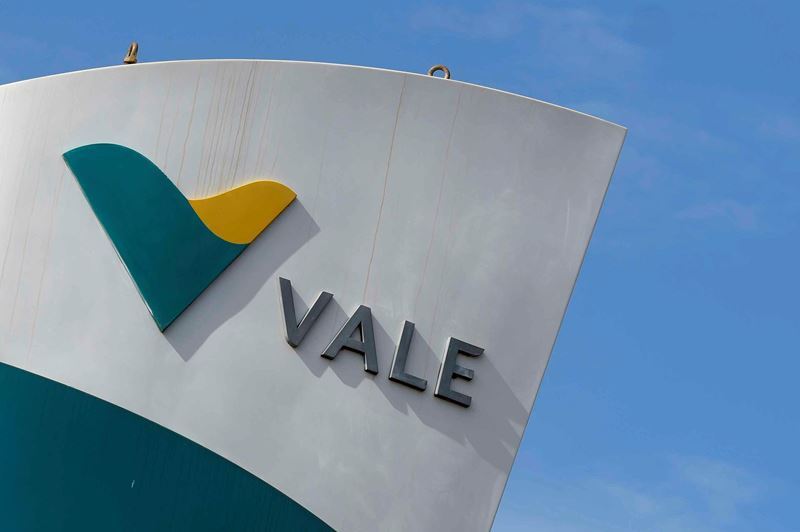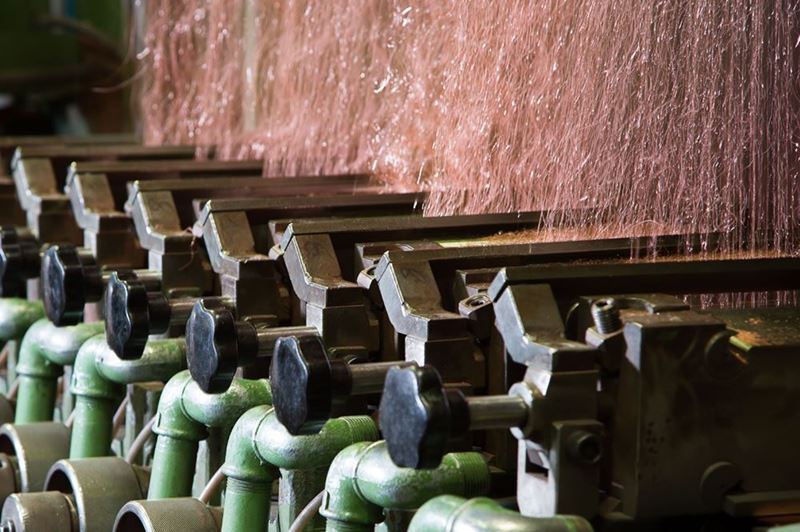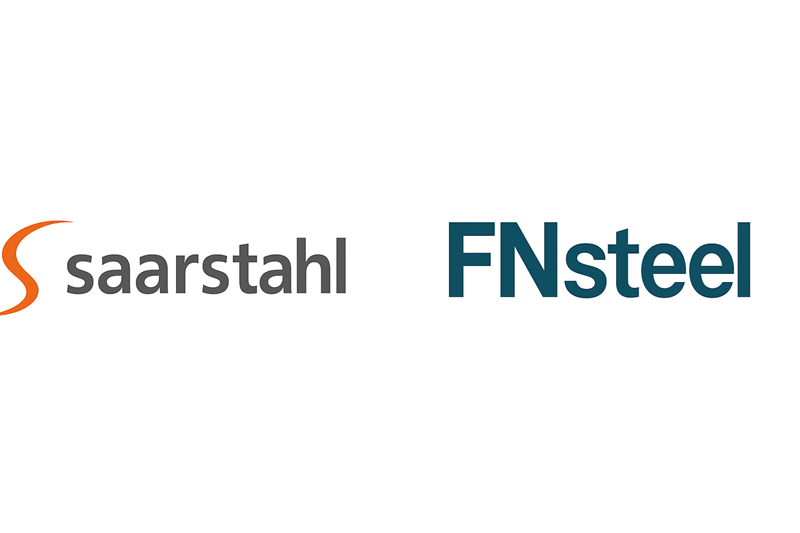According to Reuters, the conversion will eliminate tailings ponds, reducing the need for new dams and lowering operational costs.
The transition to dry processing at Vale's operations, known as the Northern System, is largely complete. According to the company, it already uses this method in 90% of its operations. Vale Director Gildiney Sales stated: "By the end of 2027, we will be switching to a completely dry system. The Northern System will operate at 100% natural humidity."
In 2024, the Carajas region produced 177.5 million tons of iron ore, more than half of Vale's total production. Carajas is the world's largest open-pit iron ore mine.
Vale also plans to increase pellet feed production by reusing mine waste. In this context, the Gelado Project, which has been processing tailings from the Gelado dam since 1985, aims to double its production in 2026. The project plans to produce 5 million tons in 2025 and 6 million tons in 2027, with 10% of annual production expected to come from “circular mining” by 2030.
On the other hand, Vale's plans to increase nickel production at its Onça Puma complex in Brazil have encountered obstacles. The company's request for an additional energy permit for a new furnace as part of a 3.08 billion reais (about 555 million dollars) expansion project was rejected by ONS, Brazil's national electricity grid operator. This development could lead to delays in nickel production targets.









Comments
No comment yet.